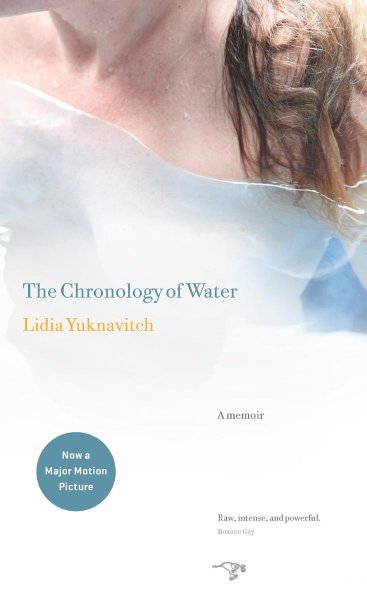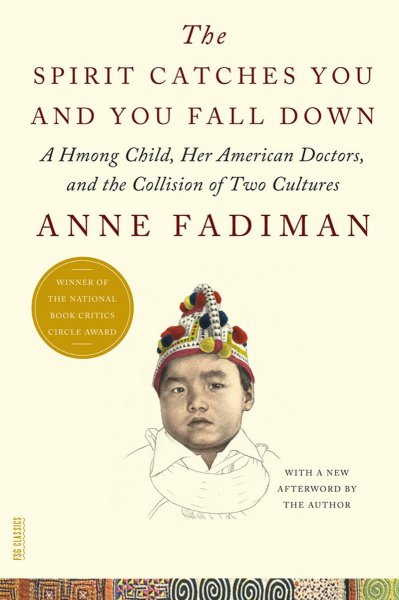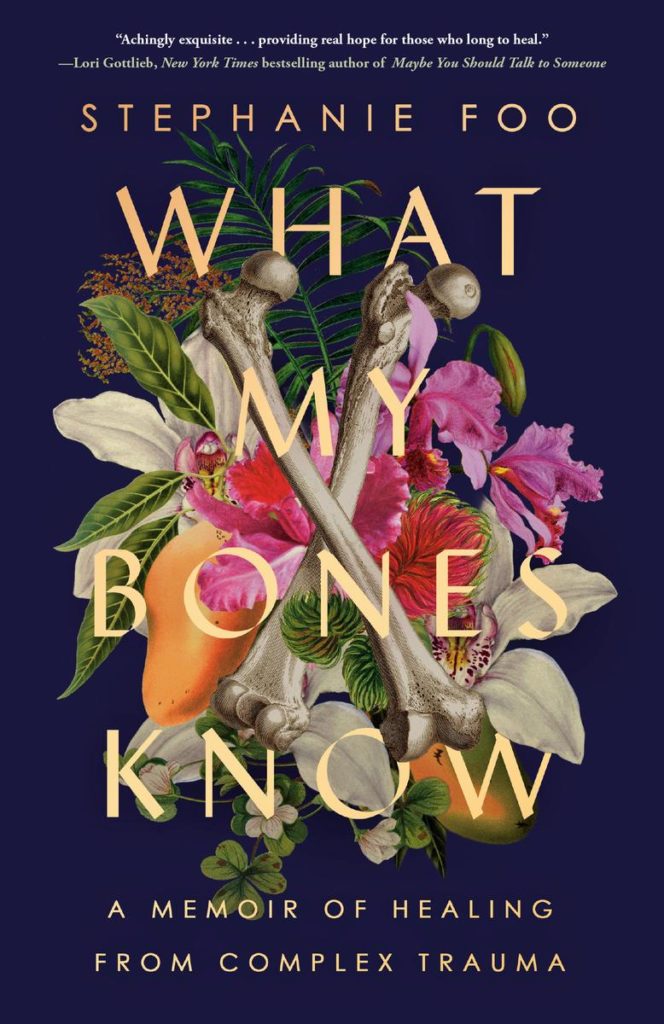I’ll confess that I used to think all nonfiction was boring. I think it’s a common enough sentiment. People enjoy the drama and sparkle that comes with reading fiction — sweeping romances, mind-boggling mysteries, epic fantasies and stunning space operas all feel so far removed from “real life” that we can’t imagine a nonfiction book having quite the same shine.
I discovered the joys of creative nonfiction by accident. It was fall semester of my sophomore year of undergrad, and I was excited to finally have the chance to take a fiction workshop after fulfilling all my pre-requisites the year before.
But when it was my turn log in and select my classes, I was sorely disappointed. All the fiction workshops were full.
There were, however, seats left in the creative nonfiction workshop. With a dash of dread and a whole lot of resignation, I signed up. Any workshop was better than no workshop, I told myself.
That class ended up changing my entire life. I learned that nonfiction absolutely can bring the same level of emotion and wonderment that I’ve always felt reading fiction. It introduced me to many talented authors and shaped my writing career in so many ways, from the MFA I pursed to my job as a technical writer and even the way I approach writing fiction.
If you’re a habitual fiction reader feeling hesitant to dip your toes into the nonfiction waters, this list is for you. I’ve collected some of my absolute favorite nonfiction works that bring together all the elements of a terrific story needed for a can’t-put-it-down reading experience. I hope that, like me, you’re pleasantly surprised to learn that just because a story is rooted in reality, doesn’t mean it has to be bland.
Many of the books on this list deal with themes that may be difficult for some readers, including abuse, racism, death, and mental illness. If these topics may be triggering for you, please look up content warnings before picking up these books.
The Warmth of Other Suns by Isabel Wilkerson

The Warmth of Other Suns is one of my favorite books in any genre. Wilkerson masterfully weaves together the stories of three Black Americans from 1915 to 1970: Ida Mae Gladney, who migrates from Mississippi to Chicago; George Starling, who leaves Florida for New York City; and Doctor Robert Foster, who relocates from Louisiana to Oakland, California.
The narratives are thematically connected, so the book feels cohesive even though the three protagonists never meet. Wilkerson lets her characters’ stories do the talking, so readers learn about Black Americans leaving the South not through recitation of facts and figures, but by glimpsing their actual experiences.
This is a pretty massive book, but I found the stories so compelling it didn’t phase me. If you’re used to reading books with multiple POVs, I believe you’ll feel the same.
The Glass Eye by Jeannie Vanasco
Vanasco’s first memoir is another of my favorite books of all time. She beautifully chronicles her grief for her father, her complex relationship with the memory of her half-sister, Jeanne, who died before she was born, and Vanasco’s struggle with Bipolar disorder.
One of my favorite things about this book is that Vanasco includes the experience of writing it in the memoir. I love books about books, and books about writing, and books about the power of language, and I consider this to be one of the best.

The Woman Warrior by Maxine Hong Kingston

Many of the books on this list are memoirs, because they tend to be narrative driven and very readable. The Woman Warrior is considered a classic memoir, and for good reason.
Kingston weaves together Chinese folklore and her own experiences as a Chinese American. Storytelling is an important part of her family culture and her personal history, so her memoir is written in a way that prioritizes it as a thematic and structural element.
If you enjoy magical realism, Kingston’s memoir is an excellent first step into the creative nonfiction genre.
The Chronology of Water by Lidia Yuknavitch
The Chronology of Water is one of those books that portrays horrific themes in beautiful language, juxtaposing abuse, grief, and substance abuse against heartbreaking lyrical passages.
I think this is what makes the book so captivating. It’s both abrasive and enchanting, disturbing and intoxicating. There are no nice neat bows to tie everything up in at the end, just real, human emotion seeping through each page.

To escape her abusive father, Yuknavitch accepts a swimming scholarship, only to lose it due to drug and alcohol use. From there, she explores her identity and her early writing experiences, as well as her marriage the stillbirth of her daughter.
The fluidity of time and memory is a central idea in this memoir. Yuknavitch’s past experiences slip in and out and around each other as she recounts her childhood and young adulthood.
The Spirit Catches You and You Fall Down by Ann Fadiman

Literary journalism is another subset of creative nonfiction. I would consider The Spirit Catches You and You Fall Down one of the most compelling examples of the subgenre I’ve encountered.
Fadiman’s story follows the family of Lia Lee, a young Hmong girl in California. Lia has epilepsy, but Hmong spiritual beliefs teach that her seizures are a sign of favor from a healing spirit.
Fadiman carefully chronicles the conflict between Hmong culture and the medical staff at the local hospital, showing how a lack of understanding and trust between Hmong refugees and the doctors and nurses treating them ultimately lead to harm done in the case of Lia Lee.
The book uses narrative to teach readers about an important ethical issue as well as an under-represented minority group. It’s both highly readable and thought-provoking.
Excavation by Wendy C. Ortiz
Excavation is Ortiz’s memoir about her relationship with a private school teacher during her eighth grade year. She reconstructed the narrative from her old journals as well as her memories.
Ortiz artfully juggles an important aspect of memoir—balancing the voice of the protagonist in the past with the narrative voice of the present.

Narrator Ortiz is an adult and a parent, who now knows her former teacher is a registered sex offender who took advantage of her.
But teenage Ortiz sees only a man who cares about her when her alcoholic parents do not, and who wants to foster her writing talent. The struggle between what she knows as an adult, this man’s role in her career, and the escape he provided from her home life twines throughout the book as Ortiz wrestles with the questions led her to dig up her old journals.
Bone Black by bell hooks

Writing in lyrical vignettes, bell hooks shares her childhood recollections of growing up Black in the South during segregation. Her poetic voice contributes to the succinct, impactful writing style of her memoir.
hooks is known as a academic and a theorist, and while that background runs beneath the stories she shares in Bone Black like an undercurrent, she lets the narrative carry her message to readers.
What My Bones Know by Stephanie Foo
The ending of What My Bones Know had me in tears—the heartwarming, happy-and-relieved kind. Foo’s exploration of her childhood experiences and her journey to understand her Complex Post Traumatic Stress Disorder diagnosis is a harrowing one, but as she promises in her author’s note at the beginning of the book, there is a happy ending to her story.
Foo not only described her childhood abuse at the hands of her parents, but also spotlights the little-known condition of C-PTSD.

The blend of personal narrative, science, and psychology paints a picture that is at times difficult to look at, but ultimately depicts a stunning strength and resilience that you can’t help but stare at.
Want to see more posts like this one? Make sure to sign up for my monthly newsletter and follow me on Instagram!
Featured Image Credit: Unsplash.

Leave a Reply